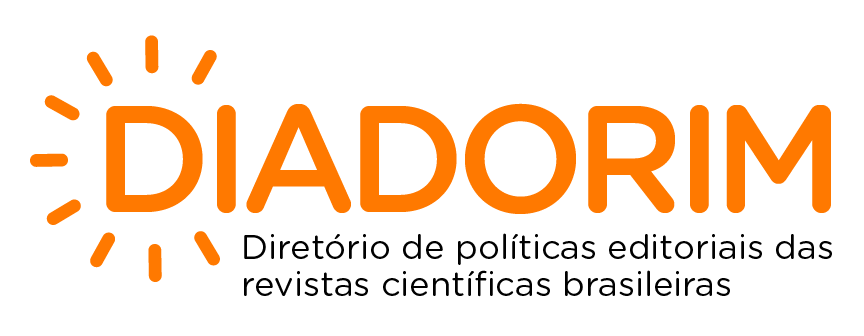Acute Myeloid Leukemia in elderly patients: clinical profile and therapeutic results
DOI:
https://doi.org/10.56242/globalhealth;2022;2;7;21-25Keywords:
acute myeloid leukemia, prognostic factors, epidemiology, laboratory diagnosis, treatmentAbstract
INTRODUCTION: Acute myeloid leukemia (AML) can occur in any age group, but the average age at diagnosis varies between 68 and 72 years. There is no currently consensus on the treatment strategy to be used in elderly people with AML, especially in developing countries.
OBJECTIVES: To describe the epidemiological profile of patients aged 60 years or older with AML treated at a referral hospital in the ABC region in Sao Paulo, Brazil, assessing the impact of the therapeutic strategy on the overall survival (OS) of this cohort.
METHODOLOGY: Descriptive retrospective cohort study evaluating patients treated at HEMCO, for a period of 8 years, divided into groups according to the applied therapy.
RESULTS: A total of 44 patients were evaluated. There were no significant differences in OS when groups of patients treated in an intensive and non-intensive way were compared. However, there was a strong tendency, in patients older than 70 years, to present better results when submitted to reduced doses of QT. Regarding mortality, in the first month it was slightly higher in the subgroup of intensive chemotherapy, reflecting mortality related to induction, but the values tend to be equal in the first year.
CONCLUSION: The results obtained allow us to know the epidemiological profile and the evolution of the treatment in elderly patients diagnosed with AML treated in a reference unit for acute leukemia in a developing country.
Keywords: acute myeloid leukemia, prognostic factors, epidemiology, laboratory diagnosis, treatment










